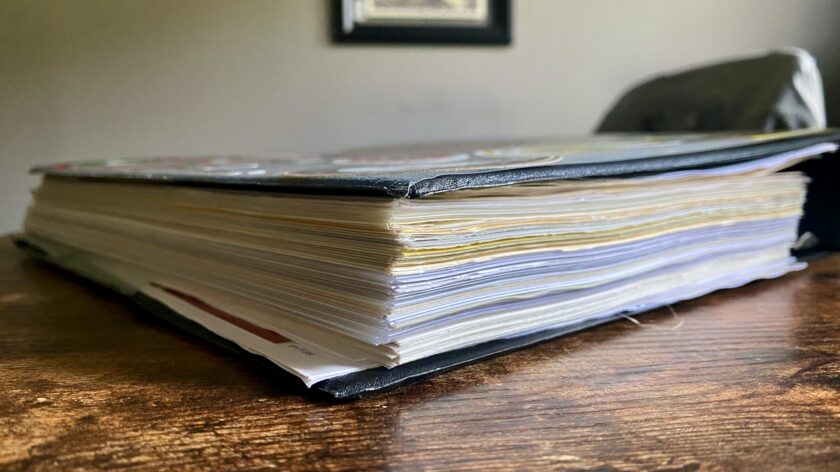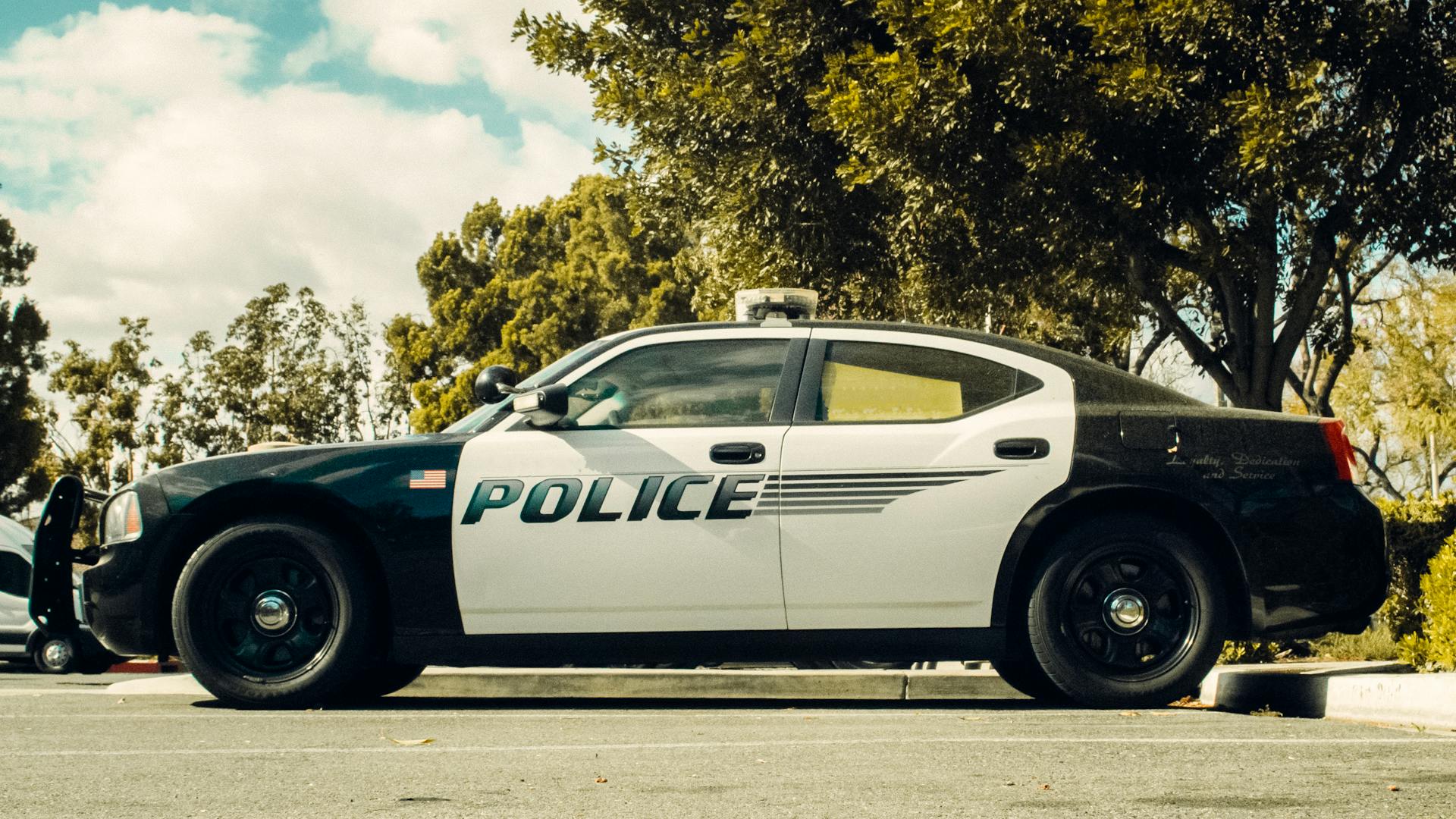I attend a lot of training. The learning is its own reward, but there’s more. As someone who spent a decade as a full-time instructor, I enjoy seeing how other instructors do things. I have written before about opening a class with instructor introductions (and a bunch of other observations). Though I haven’t taught professionally in a while, I can offer the view from the other side of the podium, as a student. Today I’m going to talk about something that I think is important: closing the class with student certificates.
This article contains affiliate links. Please consider supporting Swift|Silent|Deadly using our Amazon affiliate link!
Student Certificates
A good class should have some structure. I’ve talked before about the elements of a professional instructor. One of those is a structured class, complete with learning objectives, checks on learning, etc. One topic I have not addressed is closing the class. I often joke that “I will do anything for a piece of paper with my name on it.” It’s only half-jest; I do like certificates at the end of class, and not just to pad my I-love-me book. Here is why student certificates are important.
Certificates are Symbolic
Handing a student his or her certificate at the end of the class is symbolic of completion. I believe this has the most impact because it is a tangible indicator that the class is over, and represents a job well-done. I think the psychological aspect of this is more important than most students (or instructors) will admit. This is especially true in very mentally or physically demanding classes where passing is not a guarantee. Additionally, I have attended a lot of training and admit that there is a bit of a sentimental aspect to my binder of certificates. This may not be true for every student, but it is for some.
Certificates Demonstrate Attention to Detail
Additionally, certificates are symbolic of the care and attention an instructor puts into a class. When an instructor hands me a certificate I am impressed with his/her forethought and planning. The instructor had to prepare them prior to arrival at the class. Although I already believed in the instructor enough to attend his/her class, this is further validation of my decision. Certificates don’t cost the instructor much money, but I would wager they increase the odds a student will return to your classroom. It goes the other way, too – the best classes with the best instructors I have attended hand out certificates at the end.
Certificates Provide Proof of Training
Next, certificates provide proof of training. This is more important than you might imagine for some people. The training you provide will likely go into someone’s resume or training jacket. They may need to show proof of completion to the agency/organization they work for to receive credit for this training. Some may need proof of attendance for pay. For example, my EMS agency provides 48 hours of education pay per year. I can use that on anything I want, but when I return from class I have to show proof of attendance to get paid.
Proof of attendance at your course may also important for someone years down the road. If you are teaching professionally, even part time, it is likely that some people are listing your classes on their resumes and CVs. I am hesitant to list a class on my resume that I can’t back up with some sort of documentation. This sucks, because I’ve been to some cool classes I can’t prove I attended. The easiest form of documentation? A certificate, signed by you. If you decide to move on from teaching, a certificate will give your students proof to back up their claims for many years to come.
Logistics of Student Certificates
There are a three ways I have seen instructors handle certificates. You can balance these based on your particular needs. Some may be better in some circumstances than others, but all are much better than no certificate at all.
Prepared Certificates: The first and (I think) best option is to prepare certificates ahead of time. The certificates are pre-printed and ready to hand out at the end of class. If you are teaching a very short class (less than one day) this requires you know your students’ names before class begins. If you are teaching two or more days, you can always print and sign certificates at the end of the first day. When traveling, this may mean making a trip to Staples to pick them up.
Blank Certificates: I have also attended classes where instructors bring blank certificates. The student’s name and relevant dates are filled in by hand. Though not as nice as pre-printed certificates, there is nothing wrong with this technique at all. You can still hand out a certificate in person, and shake the student’s hand.
Email Certificates: A third option is to put together certificates after class and email them as PDFs to students. Though it is nice to be handed a piece of paper, I don’t mind this either, and some very good classes/instructors choose this route. This should always be an option, too, in case students change at the last minute or in case of misspelled names or other typos.
If you have no idea where to start making a certificate, there are some tools to help. PowerPoint has certificate templates. The fields are easily changeable for course name, student name, date, etc. I don’t teach much anymore, but when I do, I make my certificates in Canva. You can print at home (on good paper) or upload to Staples and pick them up at the location of your choice.
Some Certificate Etiquette
Honestly, I’m usually happy to get any kind of certificate at the conclusion of training. There are a couple of other things to keep in mind that will make your certificates even better.
Standard-Size Paper: I have two certificates (one of which is fairly important to me) that were printed on odd-sized legal paper. They don’t fit in standard document protectors, or even in the back of my three-ring binder. This is a shame because both of these certificates have a lot of wear-and-tear for lack of an ability to store them. Alternatively, I received an emailed certificate for a course I recently attended. It was in PDF format but in a completely non-standard size. I had to resize and reprint it several times to get it all, properly on the page, and then it looked like a miniature version. Stick with standard, 8.5 x 11 dimensions.
Card Stock or Heavy Paper: Using card stock or heavy-weight paper makes certificates feel nice. But there’s another reason to use nice paper. Remember, you student has to travel home with it. They might be driving across town, across the state, or flying across the country. The heavier the paper, the less likely it is to get wrinkled, creased, or otherwise damaged. Use good card stock, certificate paper, or at least heavy-weight paper if you’re printing certificates. It doesn’t cost that much more and looks and feels much nicer than printer paper.
Closing Thoughts
Handing your students a certificate doesn’t require much investment on your part. It does symbolize completion of your curriculum on their part, and attention to detail and care for the class on yours. It also lets your students provide proof of training for their records, their training file, or for pay. Certificates don’t have to be fancy, but your students will really appreciate it if you take the time to provide one.






